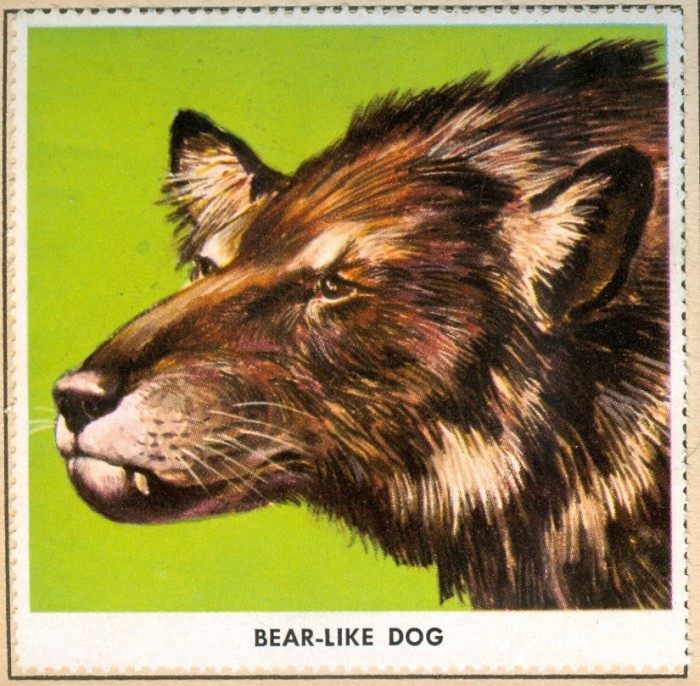

published by Environment Challenges Consulting
posted 4 may of 2021
Interior of Central Asia's and their inhabitants from Canidae family-conservation priorites for wild Kazakhstan. Central Asia harbour unique species of wild canids. One of them is almost mythical red wolf or tian shan dhole Cuon alpinus recorded from Aksu-Zhabagly in 1980's from Tian Shan Mountains. It is archaic mountain-dwelling race of asiatic wild dog extinct across its former range, and possibly can hybridize with wolves or jackals in remote Tian Shan of Kazakhstan giving strange race of canids never before recorded in the wild. Habitats of this race-Cuon alpinus hesperius consists of mountain ranges and other areas with colder climate. It has a short, wide muzzle, yellow coat and stocky body adapted for such environmental conditions. It feeds primarily on ungulates. It live in small pack with territories. In Kazakhs Uplands exist population of medium-sized fox, called corsac. It is widespread, but little known canid recorded also by camera traps in those ecosystem. These foxes inhabits grassy steppes. It have advanced adaptation to arid climate. It is species of holarctic clade. Corsac foxes, nomadic hunter does not have a defended territory is reported to be nocturnal in the wild. Golden jackal Canis aureus is wild canid expanding their current range to norternmost Kazakhstan, but ecological information is scarce. Jackal as a potential source of leishmaniasis in the south-southeast of Kazakhstan. Golden jackals are abundant in valleys and beside rivers, and rare across foothills. Jackal's competitors are foxes, wolves and wild cats across Central Asia. Subspecies living in kazakh region are probably nominate subspecies. Golden jackals exhibit flexible social organization and that species is opportunistic feeder living also in small groups.The wolf population in Altai Mountains is estimated at few hundreds of individuals. There are 4 ecological forms of a wolf in Kazakhstan. Gray wolf or canid similar to them was recently recorded from Altai Mountains and Tarbagatay, giving proof of another form of canid in that part of the world called mountain wolf (Canis sp. Gray, 1863). The project on canid ecology in that part of the world can be done with promoting the phD student, which work on canidae community in remote Kazakhstan. Pass it on to scientists interested in study and conservation of canids guild in Kazakhstan and Central Asia. For partnership in project please contact with specialists from union for nature conservation-branch of austrian and russian team, wildlife authorities from nordic academy of zoological research, department of natural resources from german and kazakh institutes and zoo foundation from european city. Provided by Enviro Challenges Consulting and scientific writer, Tomasz Q. Pietrzak. Please contact echl.league.scientifc@gmail.com for more information. This groundwork article is for popularizing zoology. That article is inwentorium of natural history of canids and is based on data collected from 2014-2019. Image from 50's- bear-like dog from Animals of the Past Stamps by Matthew Kalmenoff. The idea for that article is in the name of scientific knowledge. Text number"*!dgz52.
ekologi av vilda hunddjur i Kazakstanekologi av vilda hunddjur i Kazakstan
Dzikie ziemie-prace naukowe i inne artykuły, 2021 by Tomasz Pietrzak
Pozostałe podstrony
O bliżej nieznanej faunie z Państwa ŚrodkaTytaniczne osiągnięcia w Oriencie Środkowym
Epic voyage for ECL
nauki przyrodnicze and conservation zone
applied ecology of central asian endemics
central asian tetrapods
Get yourself together, Pull yourself together
Discovering the forgotten Zaamin Range
chrońmy przyrodę ojczystą Azji Środkowej issue3.
Problematyczna zoologia z Afryki
Project ideas for understanding dhole in Asia
Wyprawy do Azji Środkowej
Refugia chińskie
Ssaki kraju chińskiego
Zwierzęta od A do Z.
fair ethnozoological records
warunki przyrodnicze w regionach geograficznych
outdoor photographer
Fenomen: technika i rozwój
Praca etnozoologiczna i utrzymanie form
ville rovdyr
w dziedzinie badań nad populacjami
Minerały, zwierzęta i rozwój w Europie.
Whether scientific job is needed for Canidae......
Kły i pazury w Cote d'Ivoire
more infos about wild dogs in Central China.
Carnivore study in greater Qin-lings
inwentorium nauki jako exploratory framework
quatl-pietrzak 2018. Info o Przetrwaniu
the fields are required to study
ogarnąć wiele rzeczy.
_about ECHL Embark
Cuon silvestris, artificial or natural mutant?
wildlife records in montane Inner Asia
pospolitych ssaków Pogórza
ssaków drapieżnych i ich rola
dzikie życie afryki na płn. od równika
fauna opolska
samples of sandomierz territory
notes for further work
Historia naturalna w Bogdo-shanie......
Damned adventures
do dzikich tien-szaniów
proposed for indigenous Asia
scientific resources square
populations of a few territories
inspiracje do właściwego życia
almanach ekspedycji naukowej for nem-groundwork
wood dog - 木狗
design odkrywcy w Chinach
Zoo of the Future
living orphans of afro-euro
about preserve the wild inner azjatyckie
Satyra o dzikich zwierzętach z marca 2015 roku !
environmental sciences
nauk przyrodniczych i o Ziemi
outreach grants for wild resources
roots for charity
przyroda kaukazu
wilderness of afrykańskie
scientific practices from Europe
Prawo do obrony koniecznej.
Zasady bezpiecznego zachowania
Złe lub wartościowe towarzystwo